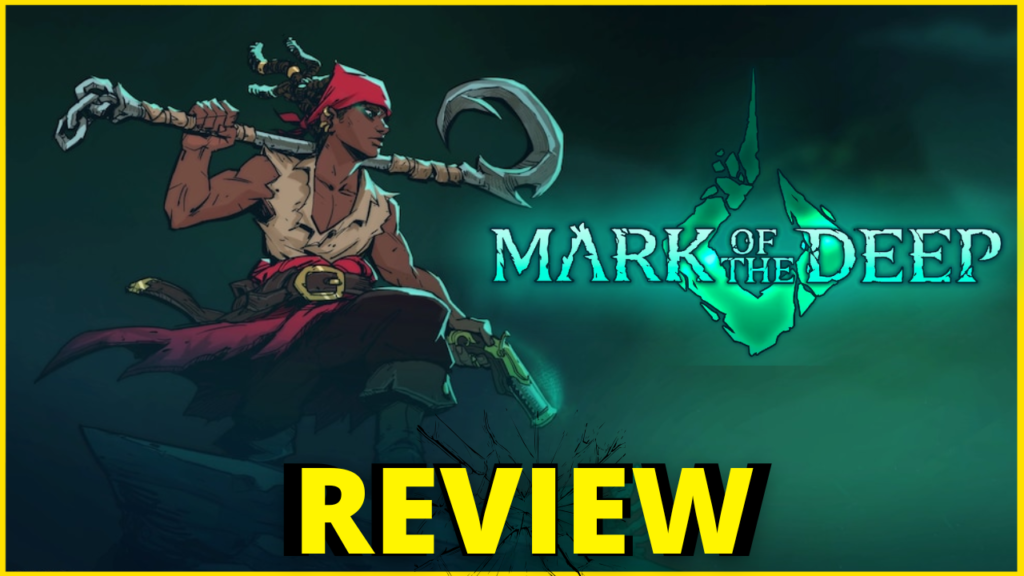Introduction
Before jumping into Mark of the Deep, I only knew about it from the trailer, which immediately gave me strong Hades meets Death’s Door vibes. Those are two of my favorite indie games from the last five years, so I was eager to see if this one could live up to the same high standards. Was Mark of the Deep able to carve its own identity in the indie gaming scene? So how is Mark of the Deep? Who is it for? Let’s dive into it.
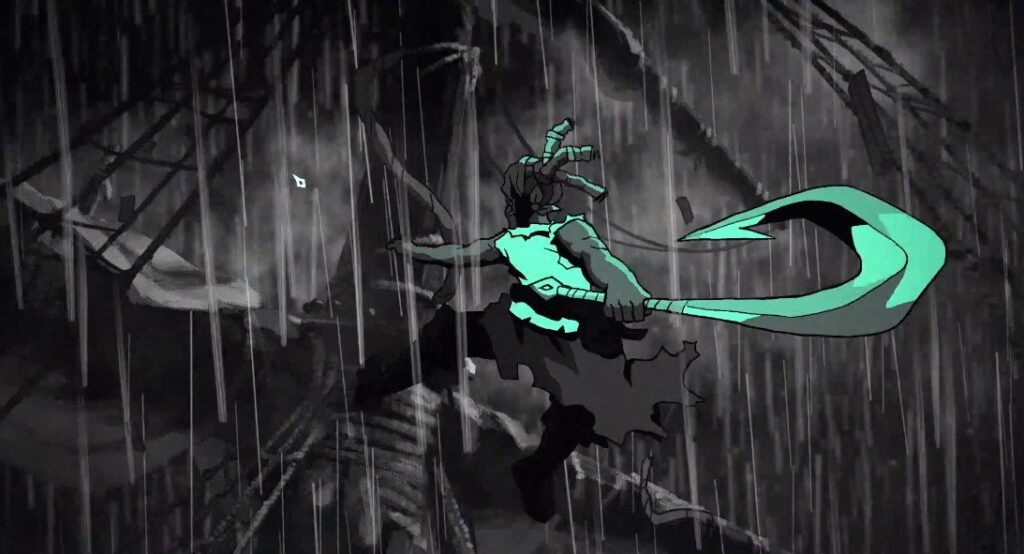
Narrative
In Mark of the Deep, you play as Rookie, a crew member aboard a ship that becomes stranded on a mysterious island after a devastating explosion. As Rookie, your goal is to locate the rest of your crew and uncover the island’s secrets before succumbing to a horrific fate—transforming into one of the island’s deadly, fish-like creatures. The story, while not groundbreaking, is enhanced by excellent voice acting that makes the characters and world feel more alive. The narrative performances elevate the experience, keeping the adventure engaging from start to finish. A particularly impressive opening cutscene sets the stage beautifully, drawing players into the mystery right away.
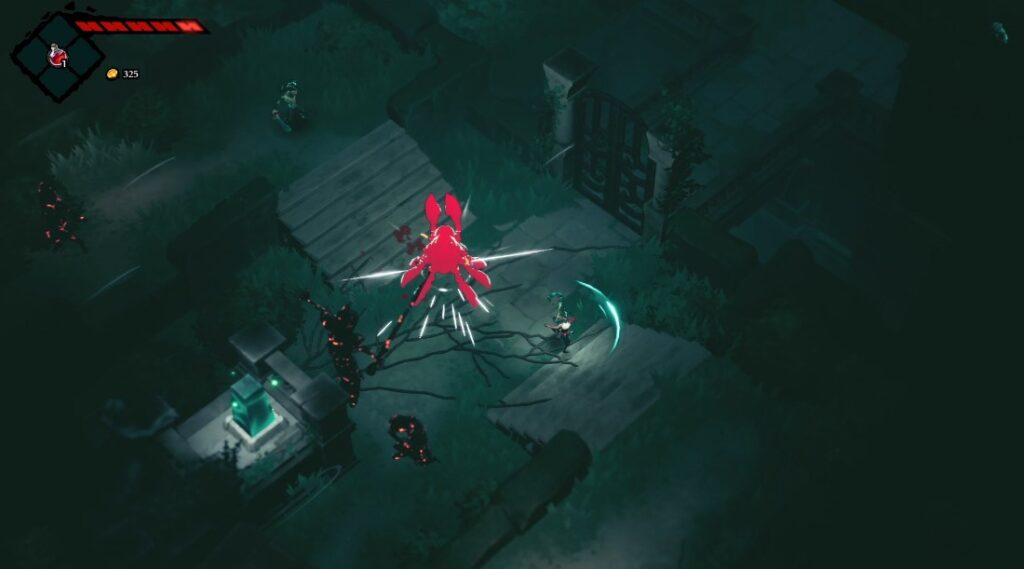
Gameplay (How the Game Plays)
Mark of the Deep blends Metroidvania elements with Soulslike mechanics, delivering a combat experience reminiscent of Bastion, Tunic, Hades, and Death’s Door. It leans more into its Soulslike influences, requiring precise dodging, well-timed combos, and patience. Most of my deaths were due to user error, often from being too aggressive rather than carefully studying enemy attack patterns. Instead of traditional health bars, enemies and bosses show visible cracks as their health depletes, keeping fights tense as you gauge whether to risk another strike. Death is rarely frustrating, as respawn points are conveniently placed, allowing you to quickly get back into the action.
The game also borrows from Hollow Knight, featuring a charm system that lets players swap out various upgrades at save points. You unlock projectile weapons like a gun and a hookshot, which help in combat, traversal, and puzzle-solving. These elements give Mark of the Deep a light Metroidvania feel, though it is much more of a Soulslike than a full-fledged Metroidvania. The combat is fast-paced and smooth, feeling similar to Death’s Door but with the quickness of Hades. The ability to restore projectile ammo by landing melee hits adds an extra layer of strategy.
Exploration is a major aspect of the game, with players navigating intricate levels filled with shortcuts and hidden secrets. New abilities allow access to previously unreachable areas, further expanding the game’s world. Enemy variety is impressive, with new enemy types constantly introduced to keep encounters fresh. The game features numerous bosses, each with distinct attack patterns, rewarding players with new weapons, relics, or tools to further exploration upon defeat.
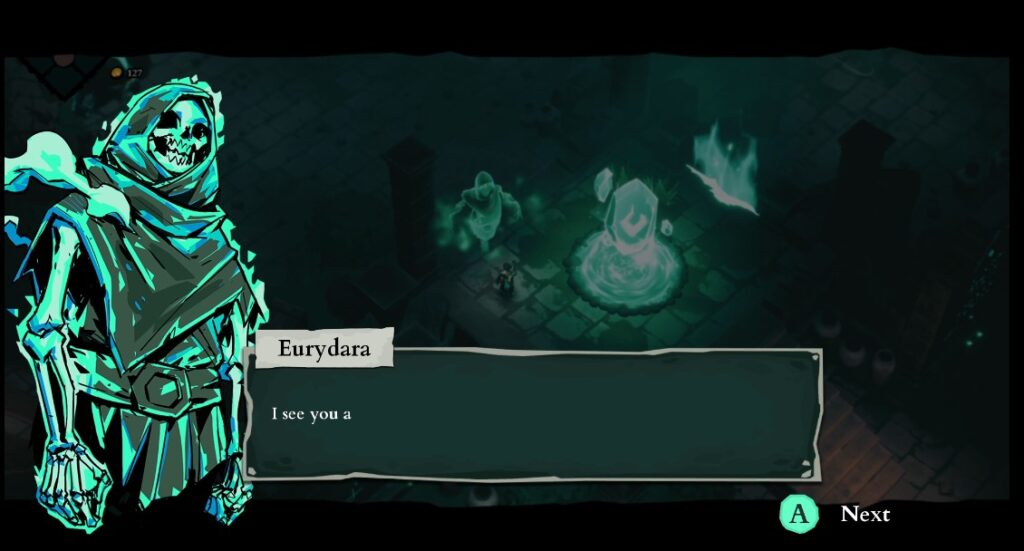
Additional Pros
The game’s art style is beautiful, with detailed character designs and impressive attack effects. The environments are well-crafted, though a bit more variety would have enhanced the experience. Certain locations, like the Frozen Peaks, are particularly stunning. The animation is fluid and dynamic, making every movement and battle feel satisfying. The soundtrack complements the atmosphere well, establishing an eerie yet adventurous tone. While it may not be as memorable as Death’s Door’s score, it is still an enjoyable listen, especially when paired with the game’s deluxe edition art book.
Voice acting is another unexpected highlight. While not every performance is of equal quality, the cast does an excellent job of bringing the swashbuckling characters to life. Indie games rarely feature voice acting due to budget constraints, so having well-executed performances is a pleasant surprise.
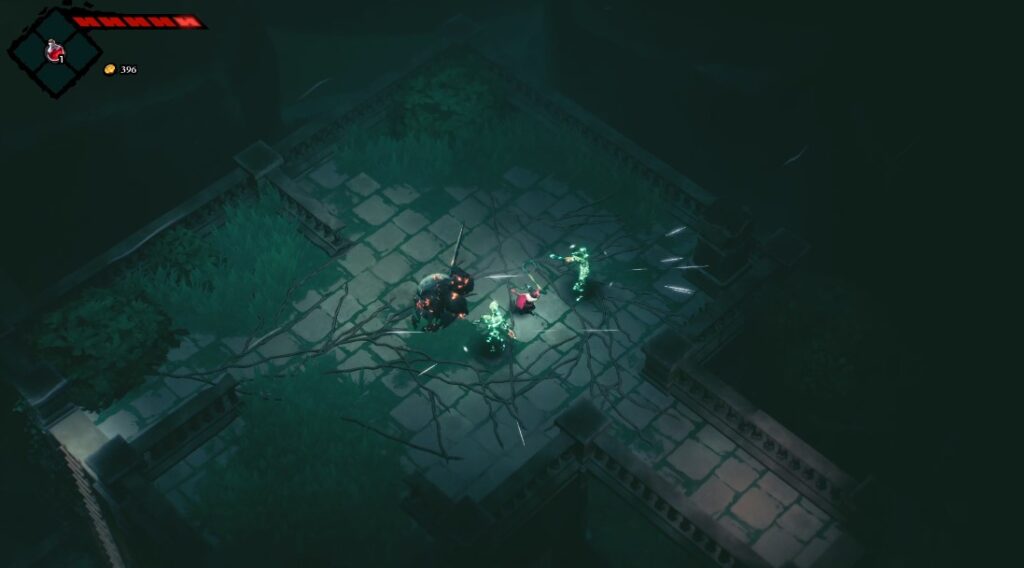
Negatives
One of the game’s biggest flaws is the lack of a map. While the level design is intricate, it isn’t always intuitive enough to navigate without a clear reference. There should have been some sort of indicator pointing players in the right direction to avoid aimless wandering. Backtracking can also be tedious, as many areas require returning with newly acquired abilities to collect certain items.
The game offers only two difficulty modes: the default setting and a God Mode where players take no damage. This creates a stark contrast between a challenging experience and a completely effortless one, with no in-between option for players seeking a balanced level of difficulty. Another issue is the lack of enemy lock-on, which makes ranged attacks harder to land precisely.
Fast travel is another odd design choice. You unlock a shop early in the game, but fast travel isn’t available until the third area. Even after unlocking it, traveling between areas is strangely restricted. Additionally, once entering a new area, players are locked out of returning to the base until progressing further, limiting flexibility in exploration.
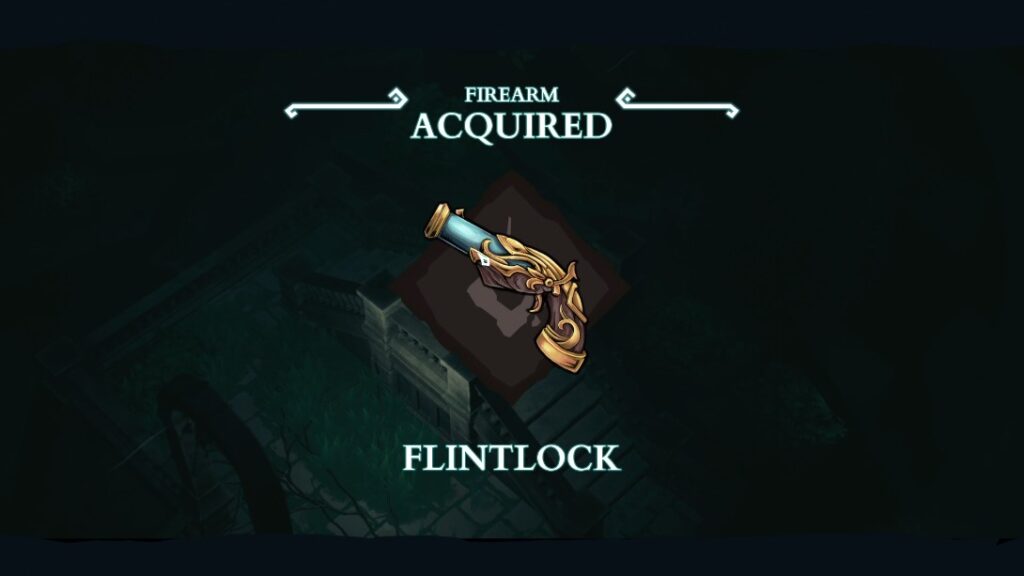
Overall (Should You Play Mark of the Deep?)
While Mark of the Deep doesn’t quite reach the heights of Hades, Death’s Door, or Hollow Knight, it is still a well-crafted indie game with a compelling mix of Soulslike and Metroidvania-inspired mechanics. The combat is fast, fluid, and rewarding, the enemy variety keeps things fresh, and the world is beautifully animated. However, the lack of a map, restrictive fast travel, and limited difficulty options hold it back from being a truly exceptional experience. If you’re a fan of Death’s Door, Metroidvanias, or Soulslike games with a unique twist, Mark of the Deep is definitely worth checking out.

